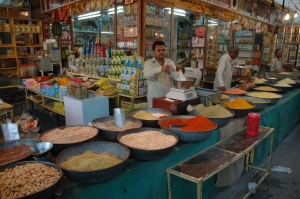India opened its markets to the world in 1991. Until then it was a completely unorganized market. After 2 decades of gradual change, there are now many organized businesses and markets that co-exist with the still-large unorganized market in India. It is estimated that over 99% of establishments and also 80% of employment in manufacturing are accounted as part of the unorganized sector. These numbers have not changed much, as seen, from 20 years ago. When compared with data from 20 years back, the numbers are almost identical. This shows that the unorganized sector is highly stubborn, and is largely accepted in the country. It also throws light on the independent and large number of production centres that facilitate the sustenance of this unorganized market.
One has to take into consideration the size of the country as well as the population of India. One cannot fully comprehend the effect of this unorganized sector in the modern economic world. It is no wonder that many economic experts claim that the true GDP of the country can be significantly larger than what is reported. The explanation for this is this unorganized sector – where money is exchanged for goods, but there are no bills, no records, and therefore no taxes. Many a times, the buyer is of a similar situation, and is a small producer of another product. So in effect, this is almost a barter of goods, and since a large section of the population fall below the lowest slab eligible for taxation, it is extremely difficult to record such economic activity.

